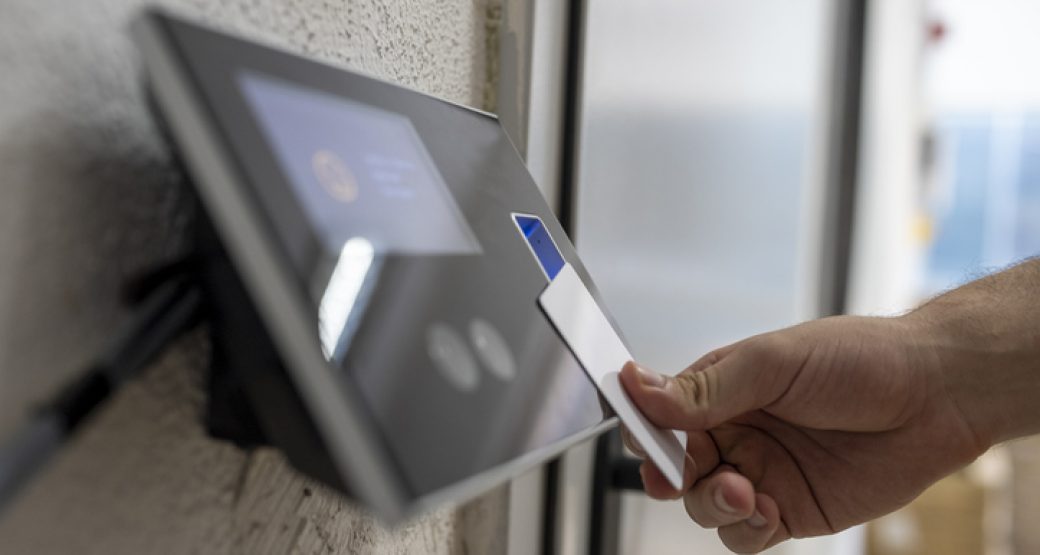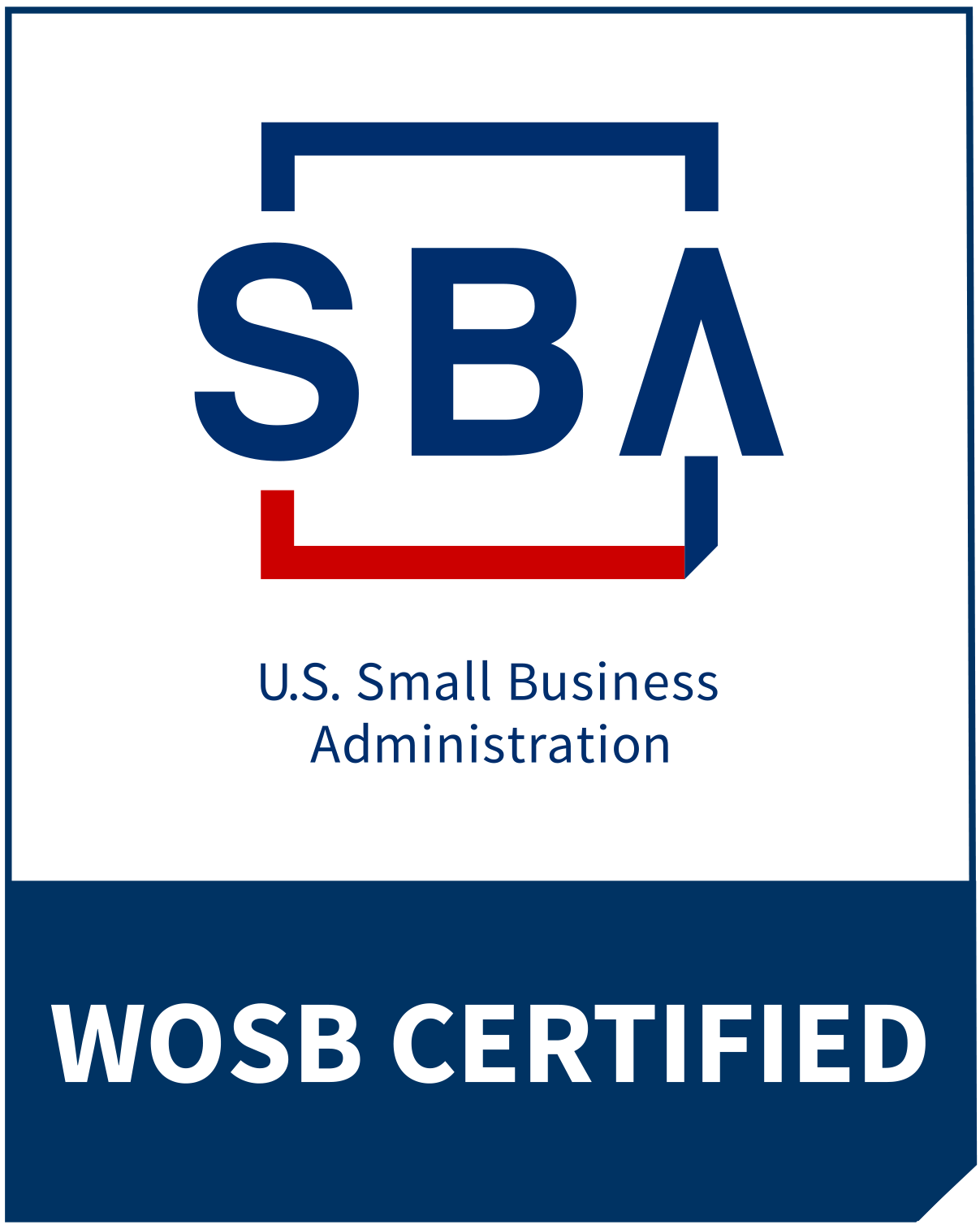Commercial access control systems are critical security elements designed to regulate and monitor access to a property, building, facility, or specific areas within those locations. And just like there are nearly infinite varieties of commercial properties that need security, there are many different components that go into designing and building the access control systems that secure them.
Today we’ll be reviewing many of the common decision points that must be considered when constructing an access control system for your place of business. From general system types to permission and device considerations, there’s a lot to unpack. Let’s get started.
Providing Protection For More than Four Decades: Learn more about how ProTech Security protects what matters to you with a free consultation or quote.
Permission Types for Access Control Systems
The first decision when considering a new or upgraded access control system is the permission level that the system will use. This will depend heavily on your business itself, the kind of access that needs to be granted and how often, and many other factors. Permission types are generally categorized under three types.
Role-Based Access Control (RBAC)
RBAC systems are the most commonly used by commercial properties. Permissions are granted to specific roles, and then the roles are assigned to the allowed users. These permissions are usually based on job profiles and resource needs. Because permissions are based on role, it’s easier and more streamlined to manage or adjust user permissions; you can simply adjust a user’s assigned role to grant them access to what they need to reach for their specific job — and limit their ability to access areas that fall outside of their job duties.
These systems are helpful when working in a large company, or when dealing with third parties and contractors.
Mandatory Access Control (MAC)
MAC systems are highly restrictive and represent the most stringent of the three types of permission systems listed here. Here, the system administrator assigns a tag to each user; the tag is based on the organization’s access control guidelines or policies. Any action taken by the permitted user is checked against those guidelines to see if it is permitted.
This access control system is preferred by groups that mandate strict security, classification, and confidentiality levels.
Discretionary Access Control (DAC)
This system involves minimum restrictions. In this case, the administrator decides which people have access to which places. DAC systems give individuals complete ownership over different areas around the commercial property.
Types of Access Control Systems
With your permission level identified, next you’ll need to figure out a general type of access control system. The differentiators here are based on functionality.
Standalone Network
This type of access control system is considered the most “traditional” and typically sees use for smaller businesses that have fewer employees to account for. The entire system is managed via a primary or central access control panel. This panel is tied into different cameras, electronic door locks, and readers, as well as communication wiring and power.
IP Network
In IP networked access control systems, the main access control components are directly linked to a network via an Ethernet or wireless connection. Because of this connectivity, these systems process information in real-time, making them valued for their ability to track and audit activity.
Zero-Touch
Providing a contactless method for access control became popular with the onset of the COVID-19 pandemic, but the convenience they offered became apparent quickly and remained prized thereafter. With no knobs, fobs, or keypads, access can be granted through face recognition or hand-wave technology, or through synchronization through smartphones.
Common Devices in Access Control Systems
After deciding on permission levels and a general type of access control system, it’s time to fill in the nuts and bolts of this security tool. What specific devices should be used to provide the action points needed for individuals to enter or progress through your commercial property? Let’s take a quick look at the most popular options.
Standalone Locks — These ‘offline’ tools are still a viable option for many if not most organizations. They’re easy to install, don’t need to be wired back to the control panel, and aren’t connected to a separate network. They can be installed at nearly any access point, are programmed locally, and have an internal database to record the auction for audit.
Card Readers — These are as effective as wired elements but offer the convenience of being wireless. They are connected back to a central control system and read barcodes or RFID tags of cards that your employees have. Card readers offer real-time monitoring, are effective and affordable, but do present a risk if the individual cards are lost.
Key Switches — Similar to card readers, except here employees have a unique key to gain access to restricted areas. These special keys are more robust than cards and typically don’t wear out as easily. The same concern about lost cards remains present with key switches, however.
Keypads— Unlike key switches or card readers, there is no physical element for employees to hang onto in this access control system. Remembering the access code replaces the need to maintain possession of a card or key. The tradeoff is this device does require a source of power to function and when installed the keypad needs to be shielded from the elements to ensure it stays in proper working order.
Biometric Systems — For the best in restricting unwanted access, biometric systems fit the bill. The type of biometric needed is varied and runs the gamut from fingerprint scanners, to retinal and iris scanners, and facial recognition. Biometric systems are highly accurate and offer real-time visibility.
Cover Every Detail of Access Control Systems with ProTech Security
We’ve touched a lot of different components that make up access control systems and there’s plenty more to consider, such as ingress and egress devices, types of locking mechanisms, and access control software. You need expert advice to wade through and weigh all your options. That’s where ProTech Security comes in.
At ProTech Security, we’ve built a strong reputation for stellar customer service backed by more than 40 years of experience and innovation in Northeast and Central Ohio. Our commitment to providing cost-effective protection for commercial businesses, educational institutions, and government facilities is built on our own history and story.
We always provide the customized service and consulting needed for you to find the ideal security solution. Our strong partnerships mean you always have access to cutting-edge technology and capabilities.
To learn more about access control systems and how ProTech Security guides you through all your options, or for a free consultation or quote, reach out to our team today.




